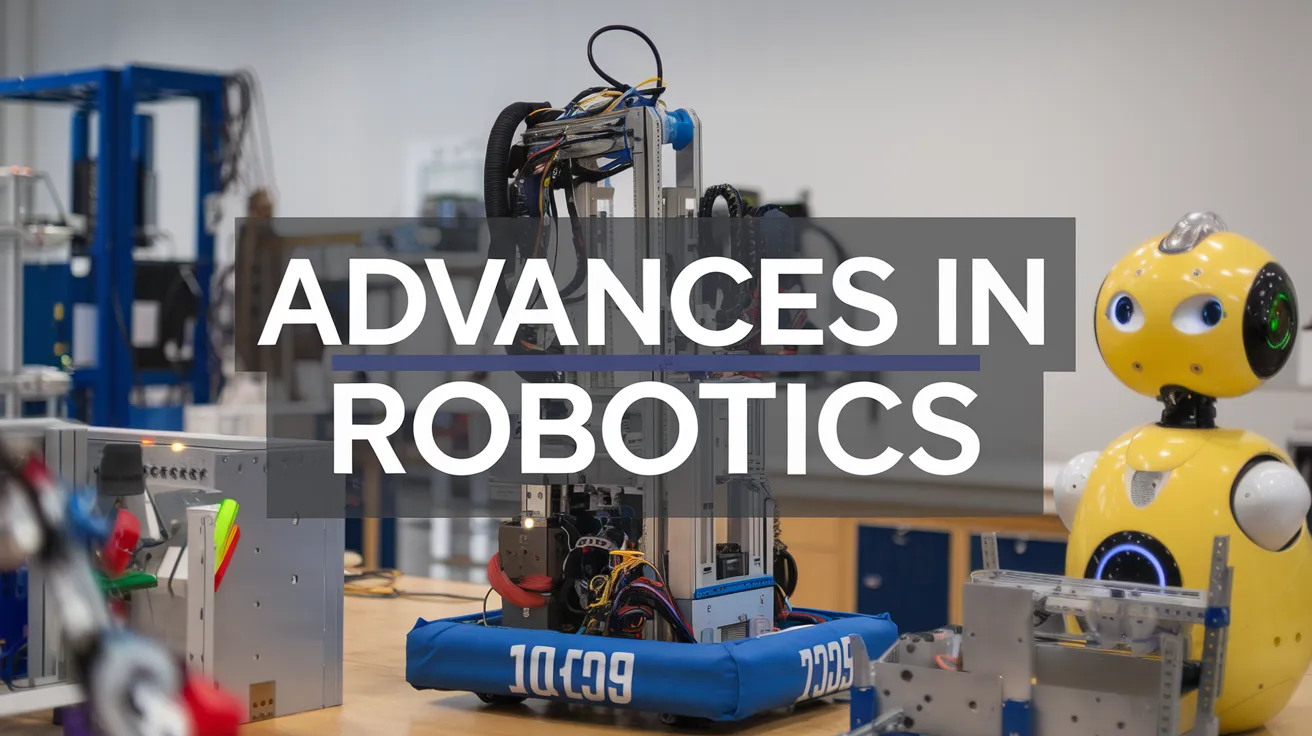Advances in Robotics Beyond Factories

As advancements in robotics continue to evolve, today’s robots are becoming integral in various sectors. Currently, these machines perform safety checks at industrial plants, conduct quality control in manufacturing, and even provide companionship to hospital patients. However, experts believe that within the next five years, these increasingly humanlike robots will take on more sophisticated tasks, allowing individuals to focus on more creative and fulfilling endeavors.
Transitioning to Service Sectors
At a recent panel hosted by the American Association of Retired Persons (AARP) during CES in Las Vegas, notable experts discussed the significant transition of robots from traditional industrial environments to service settings. This shift aims to address an escalating labor shortage in healthcare, with industry leaders like Marc Theermann from Boston Dynamics forecasting the emergence of companion robots by the end of the decade. Meanwhile, Cris Gardner from AARP predicts that generalized humanoid robots will soon become as common as automobiles in households.
Potential for Job Disruption
While the idea of humanoid robots easing daily tasks is appealing, there is an underlying concern regarding job displacement. A report from Abundance 360 suggests that the rapid advancements in generative AI and robot development could disrupt numerous sectors, including manufacturing, elder care, agriculture, and education. As such, this evolving landscape raises critical questions about the future of work and the economic structure.
Labor Challenges and Automation
Automation can alleviate labor-intensive tasks traditionally considered hazardous, monotonous, or undesirable. For instance, Hong Kong’s R2C2 showcased robots capable of conducting inspections in power plants, renewing the labor force’s emphasis on more sophisticated competencies. Similarly, Oshkosh has automated tedious finishing jobs on fire trucks to enhance worker safety and satisfaction, illustrating an ongoing trend of reallocating human labor towards more productive and less harmful roles.
Addressing Labor Shortages in Agriculture
US agriculture machinery leader John Deere is leveraging automation to cope with persistent labor shortages. By enabling autonomous vehicles on farms, businesses can redirect their workforce to more complex tasks, such as optimizing grain management. This strategic shift not only improves efficiency but also underscores the importance of adapting skill sets for future technological integration. Deanna Kovar from Deere emphasized the necessity of evolving employee skills to harness and benefit from automation technologies.
Future Outlook
The relentless aging of the US population presents a significant challenge in providing adequate care for future seniors. Gardner of AARP highlighted the immense demand for care services that cannot be solely met by human caregivers. As robotics improve, these machines may play a pivotal role in allowing older adults to maintain independence, presenting a promising solution to an impending demographic crisis.